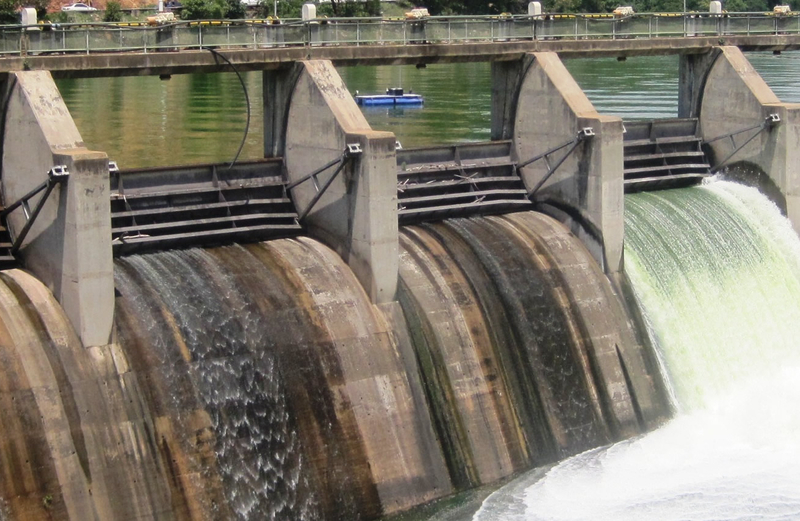Grand Ethiopian Renaissance Dam

Sector : Energy
Sub-sector : Transmission
Description : Develop a 5,250 MW plant to supply domestic market and export electricity on EAPP market
Countries : Ethiopia, Sudan, Egypt
RECs : COMESA and IGAD
Project Location : It is in the Benishangul-Gumuz Region of Ethiopia, about 40 km east of the border with Sudan.
Progress Update 2014/2015 :
• Construction commenced in April 2011 and is expected to be completed within four to six years, with the first generators operational after 44 months
• To date, financing to the value of USD4.8 billion has been secured through a construction contract with Italy, while China has provided USD1.8 billion for the construction of the turbines
• The tripartite committee for Ethiopia’s Renaissance Dam was set to commence its meeting in August 2015 in Addis Ababa to discuss the last developments regarding the agreement between French BRL group and Dutch Deltares consultancy firms roles and the preparation of the report on the impact of the dam
• Due to the delay by the firms finalising the impact statement, the meeting that was supposed to take place between Egypt, Sudan and Ethiopia’s irrigation ministers and representatives from the two firms, has been adjourned.
• In March 2015, Egypt, Sudan and Ethiopia signed a declaration of principles on the dam, agreeing to
safeguard the interests of all three countries.
• The Grand Ethiopian Renaissance Dam, scheduled to be completed in 2017, will be Africa’s largest hydroelectric power plant with a storage capacity of 74 billion cubic meters of water.
• The Grand Ethiopian Renaissance Dam (GERD) is today 43% complete
• On the Ethiopia-Kenya interconnection Line funding has been successfully completed and construction has started
Lessons Learnt (to be reported)
Recommendations (to be reported)
Way Forward :
• Local bond issues and donor financing still need to be identified.
• The parties involved in the project are considering the option of either a state owned or mixed ownership special purpose vehicle (SPV) in order to ring fence the project, ensure its commercial operation and maintenance and raise additional donor financing.
• Under the SPV, the project components that are not already financed will be isolated in order to structure the financing thereof through long-term lease arrangements for the assets financed under the existing Italian and Chinese supplier credits
• The parties furthermore need to assess the transmission and distribution needs in the area in order to absorb the electricity generated through the new plant.
• The development of, and access to, a considerably upgraded transmission system will be finalised under the contractual arrangements.
• The African Union Commission and EAPP will act as facilitators in the negotiation of a memorandum of understanding between
• The project is scheduled to be commissioned in 2017



